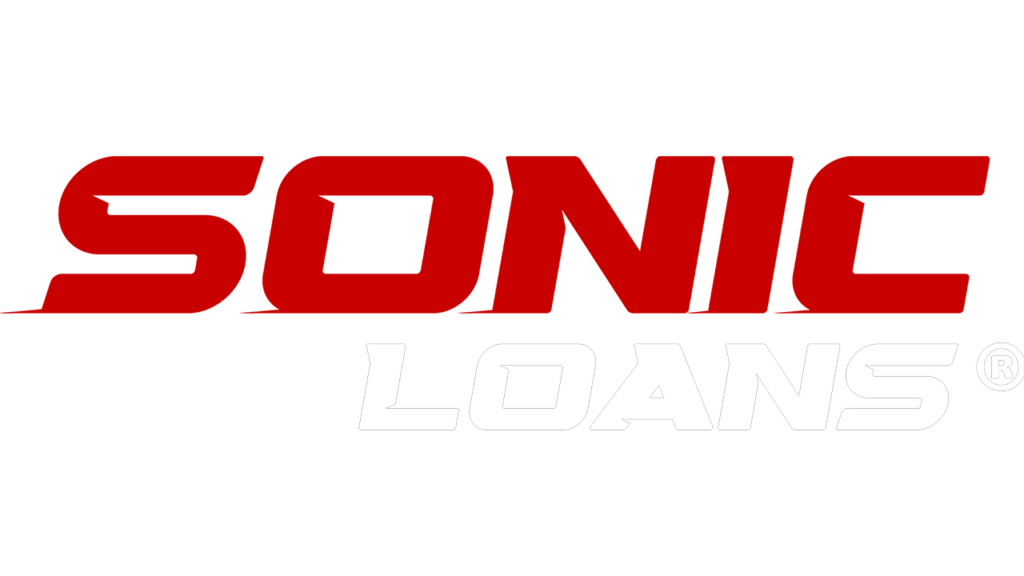
Managing credit card debt can be challenging due to high interest rates that can quickly accumulate over time. If you’re a homeowner with substantial equity in your property, using a home equity loan or a home equity line of credit (HELOC) to pay off credit cards can be a strategic financial move. Here’s what you need to know about this option:
1. Lower Interest Rates
One of the primary motivations for using a home equity loan or HELOC to pay off credit card debt is the potential for lower interest rates. Credit cards often carry double-digit interest rates, while home equity loans and HELOCs offer lower rates because your home secures them. Over time, you can save on interest payments by consolidating high-interest credit card debt into a lower-interest home equity loan or HELOC.
2. Fixed vs. Variable Interest Rates
Home equity loans usually have fixed interest rates, providing predictability in your monthly payments over the loan term. On the other hand, HELOCs generally have variable interest rates that fluctuate with market conditions. Choosing between a fixed-rate home equity loan or a variable-rate HELOC depends on your preference for stability versus potential flexibility in interest rates.
3. Potential Tax Deductions
Sometimes, the interest paid on a home equity loan or HELOC used to improve your home may be tax deductible, depending on current tax laws and your financial situation. It’s essential to consult with a tax advisor to understand the specific implications of your circumstances.
4. Debt Consolidation Simplification
Consolidating multiple credit card debts into a single home equity loan or HELOC can simplify financial management. Instead of juggling multiple due dates and varying interest rates, you’ll have one monthly payment and potentially lower overall debt payments, making it easier to budget and track your progress toward debt repayment.
5. Caution with Home Equity Use
While using a home equity loan or HELOC to pay off credit cards can be advantageous, it’s crucial to exercise caution. Your home serves as collateral for these loans, meaning failure to repay could result in the loss of your home. Before proceeding, assess your financial discipline and ability to manage debt responsibly.
6. Financial Planning Considerations
Consider your long-term financial goals before using a home equity loan or HELOC for debt consolidation. Evaluate whether the savings from lower interest rates justify the potential risks and costs associated with these loans. It’s advisable to compare different loan options, understand the terms and fees involved, and choose a reputable lender.
7. Steps to Take
If you decide to proceed with using a home equity loan or HELOC to pay off credit cards, follow these steps:
- Evaluate Equity: Determine the amount of equity available in your home.
- Compare Loan Options: Research and compare multiple lenders’ interest rates, terms, and fees.
- Apply for a Loan: Submit your application with required documentation, such as income verification and property appraisal.
- Use Funds Wisely: Use the funds to pay off your credit card debt once approved.
- Monitor Finances: Maintain responsible financial habits to avoid accruing new credit card debt.
Conclusion
Using a home equity loan or HELOC to pay off credit card debt can be a strategic financial decision for homeowners seeking to reduce interest costs and simplify debt management. However, weighing the benefits against potential risks and considering your long-term financial goals before proceeding is essential. By understanding the implications, comparing loan options, and ensuring disciplined financial management, you can leverage home equity responsibly to achieve more excellent financial stability and debt freedom.

















